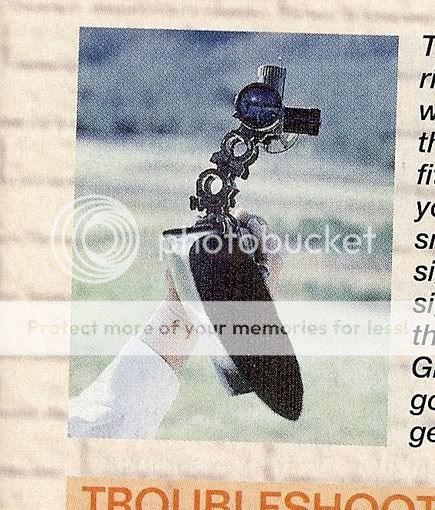There is only one thing that is critical and that is HAVING A LEVEL RETICLE WHEN YOU PULL THE TRIGGER. IOW you could cant the rifle and still shoot without detriment at long range if your reticle is level as demonstrated by David Tubb with his cheek-over rifle
So a level reticle is relative in that you could level it to your eye and your buddy could come along who holds rifles at a cant and he will say that the reticle is not level.
The best method I have found is to take all the cant out of the rifle, level the reticle to a distant horizontal or vertical object and then install an anti-cant device to use at the bench or in the field to insure that the reticle is level when you shoot.
To take the cant out of the rifle I use and EXD Device
exd at Brownells
and place the rifle in a vise and snug the vees on the device down on the barrel and scope to align the scope centerline with the barrel centerline
the gun in the vise is aimed out the door at a 4' level sitting on the fence at 30 yds. When the EXD level is perfect THE RIFLE IS UNCANTED. Then rotate the scope in the rings to level the reticle with the distant object. When the EXD is level and the reticle is level with the distant object, THE RETICLE IS LEVEL WHEN THE RIFLE IS UNCANTED.
Now is the time to install an anti-cant device on the scope. I like the ScopLevel because you can see it above the ocular without losing your cheek placement on the stock
and folds down out of the way when not in use
I install quite a few scopes and haven't had any complaints about unlevel reticles since using this method
YMMV





